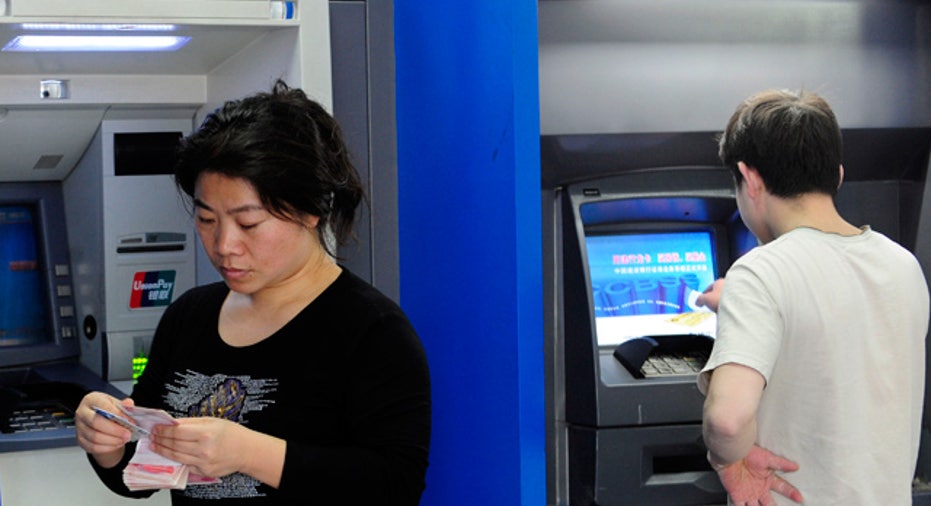Goldilocks and the Three Banks

Once upon a time, Goldilocks went looking for a bank…
She tried one bank because they advertised heavily, which she assumed meant they were interested in new customers. However, when she went to open an account, that interest wasn't evident. She went to one of their branches, but it had been closed. She went to another branch, but its hours of operation had been cut.
When she came back the next day, she found that because she would have a relatively small balance, they wanted to charge her a hefty monthly fee for her checking account. They also offered virtually no interest on their savings accounts. "This bank is just too big!" said Goldilocks as she ran out the front door.
So Goldilocks visited a much smaller bank. They were very friendly, but in talking about their services, she found out that they had very limited online capabilities, and no mobile apps. She also realized that any time she travelled more than 50 miles out of town, she wouldn't have access to a branch or an ATM. Reluctantly, she walked away without opening an account, thinking, "this bank is just too small."
Now, if this were a fairy tale instead of an article on banking, the next stop that Goldilocks made would be at a medium-sized bank that proved to be just right. However, medium-sized banks are not always the best. For example, while a MoneyRates.com study found that medium-sized banks had a slight edge in savings and money market rates compared to their larger and smaller counterparts, many smaller banks may offer free checking accounts and have the smallest checking account fees.
The truth, then, is one size does not fit all when it comes to banks. Here are four tips for finding the bank that is just right -- for you.
- What type of services do you need? If personal attention is what you want, a small bank might be the answer. If you travel internationally or want the latest technology, a large bank might have the best high-end services. You might find a blend of both at a medium-sized bank.
- What geographical area do you cover? A local bank is fine if you rarely leave town, but frequent travelers may want a bank whose geographical footprint matches their travels.
- How competitive are specific products? Not every bank conforms to general trends, so look at specific checking account fees and savings account interest rates to see which bank is the most competitive in your area.
- How are business conditions at these banks? When a bank is shutting branches, it's not a good sign for customers, but banks that are in aggressive growth modes can be subject to disruptive changes as well. Look for stability.
The banking industry is very diverse, and the needs of customers are even more varied. Therefore, don't rely on generalities when deciding on a new bank -- choose the institution specifically suited to your needs.
The original article can be found at Money-Rates.com:Goldilocks and the three banks



















